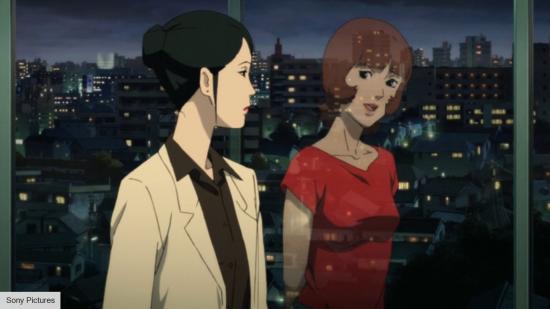We have Satoshi Kon’s Paprika as one of the best anime movies of all time. But as much as we love watching it, making it was apparently a different story.
A new, old interview with director Satoshi Kon was published this week by writer Mark Slutsky, who spoke to Kon via email around the time of Paprika’s release. The conversation, several word document pages long, includes Kon’s insight on a wide variety of themes and philosophical ideas around the animated movie. In one part, he discusses moving from scripting to storyboarding, and the sturggle he’d made for himself.
“The rules were pretty much lax in the screenwriting stage, and I made the final decisions in the storyboard stage,” Kon said. “Therefore, the storyboard needed detailed focus, and it ended up as the most detailed and the biggest one in all my works, needless to mention that it took me so long to finish it. It was like a nightmare.” He’s referring to the ‘rules’ of Paprika’s simulation, and how making arbitrary decisions to convey something to his crew in the screenplay became a whole other kettle of fish when it came to animation.
As Kon puts it, making any boundaries was “very tough” , and mostly it came down to him arbitrarily deciding if something was OK or not. “It was as if you’re playing a sport while creating the rules for it,” he explains. “The amount of rules you create is directly proportional to the amount of time you played it, and that set of rules is connected to the next hours of play and the new rules.”
Kon unfortunately passed away not long after making Paprika, in 2010. It, like the rest of his filmography, stands as a monument to his incredible artistry and creative vision, influencing countless science fiction movies and fantasy movies.
We’d recommend reading the full exchange, linked above – it’s a wonderful posthumous look into the filmmaker’s processes. You can subscribe to Slutsky’s newsletter for free here.
